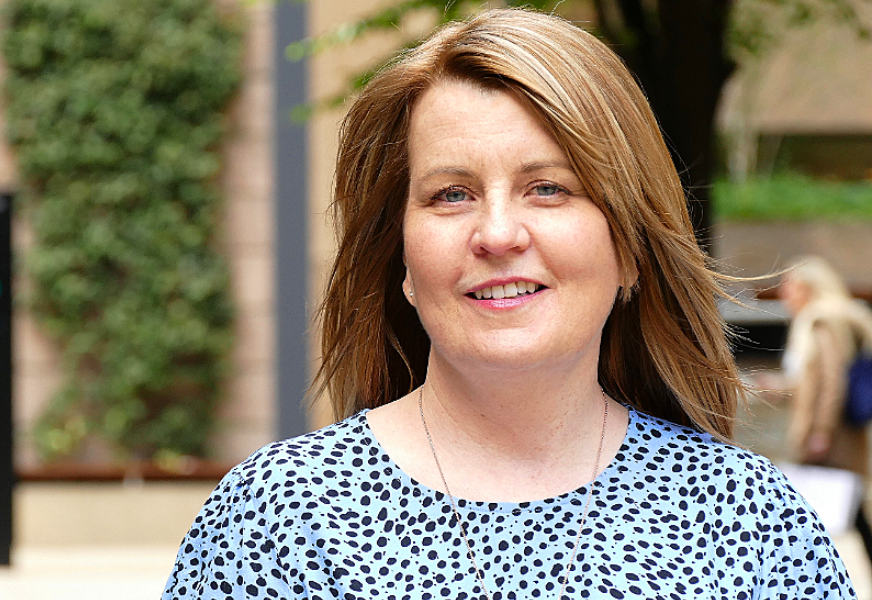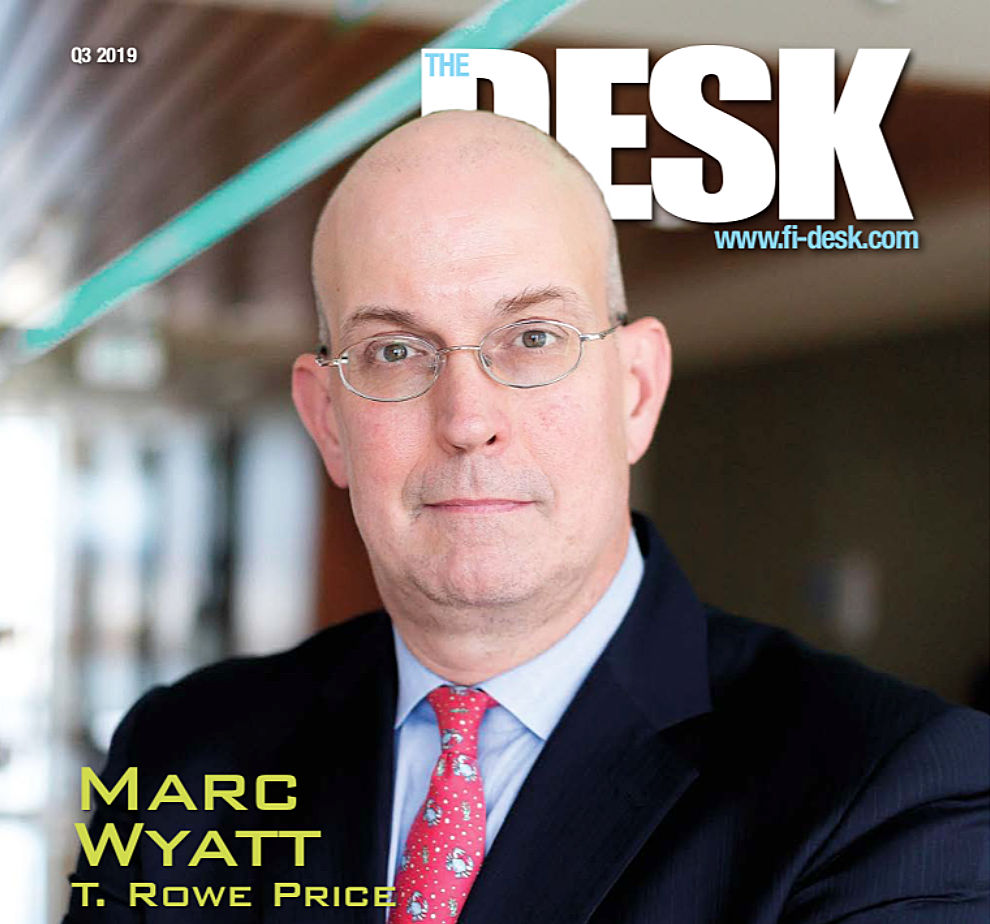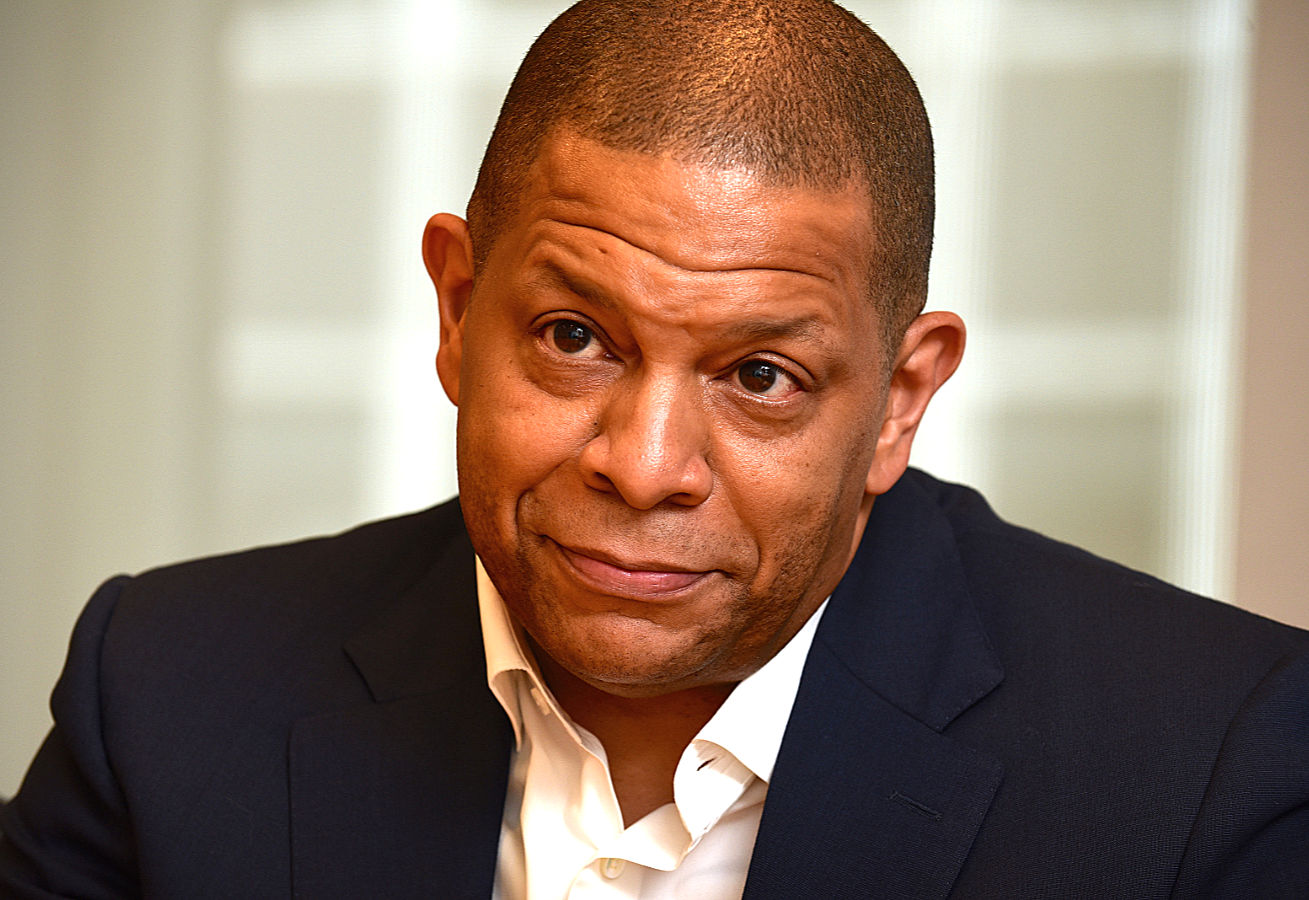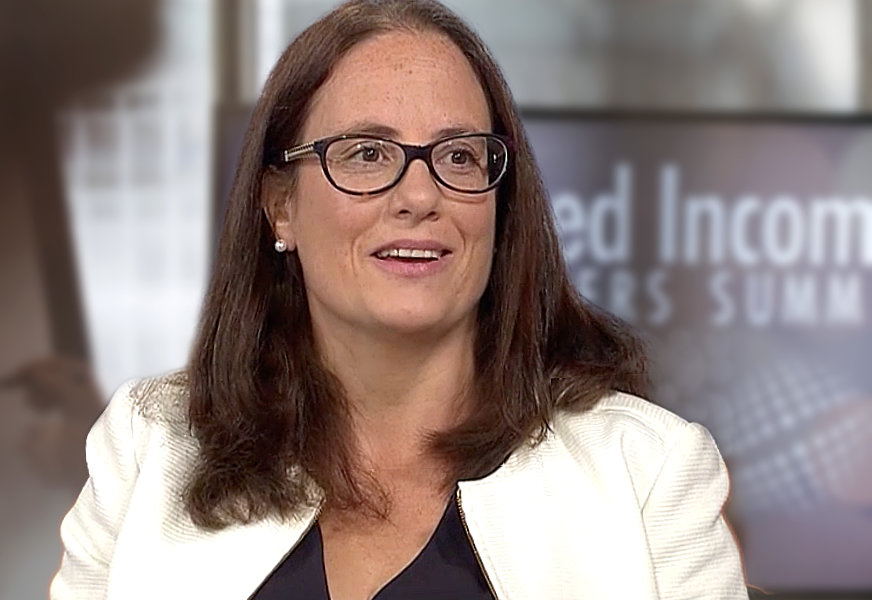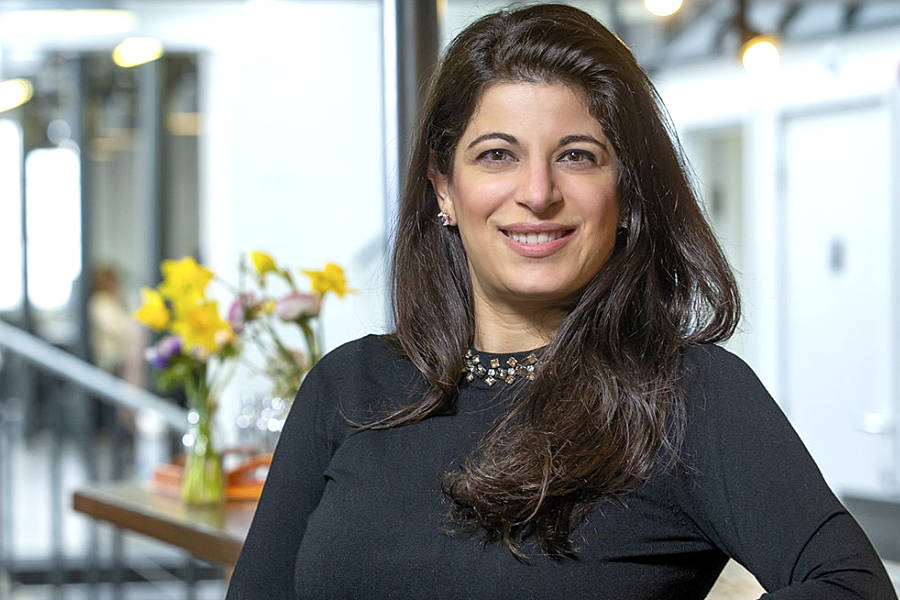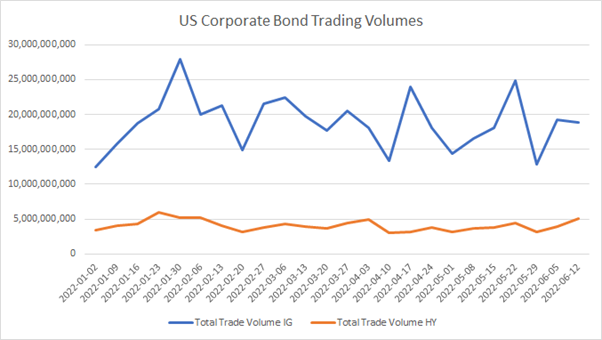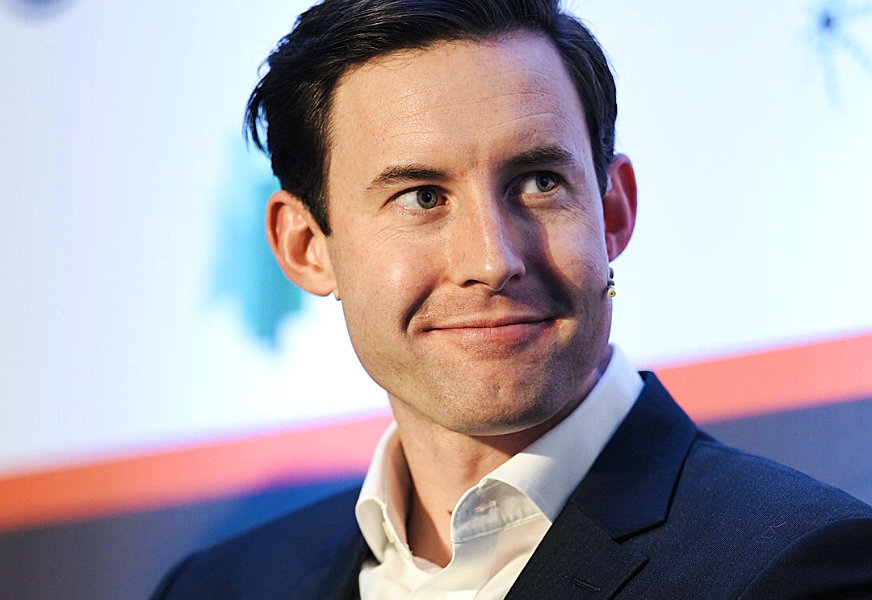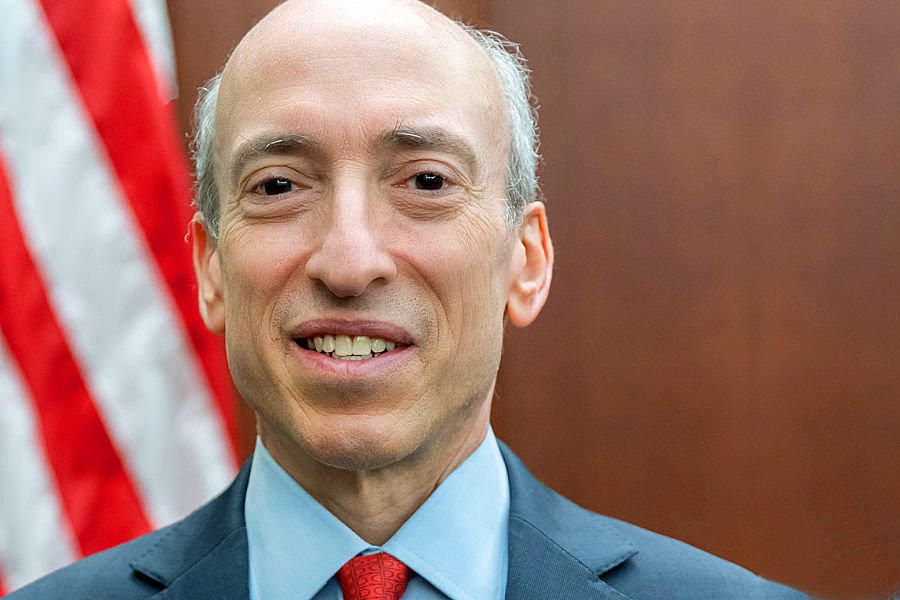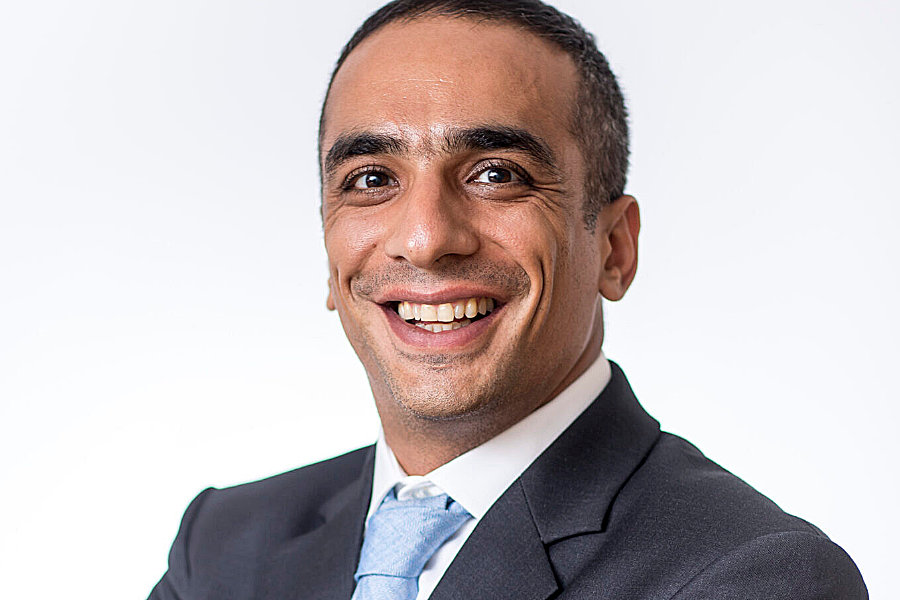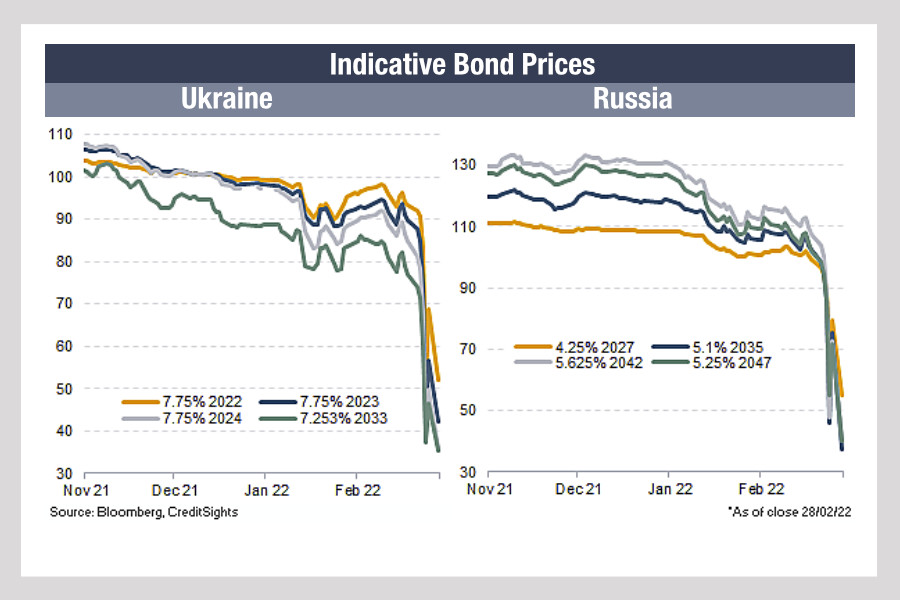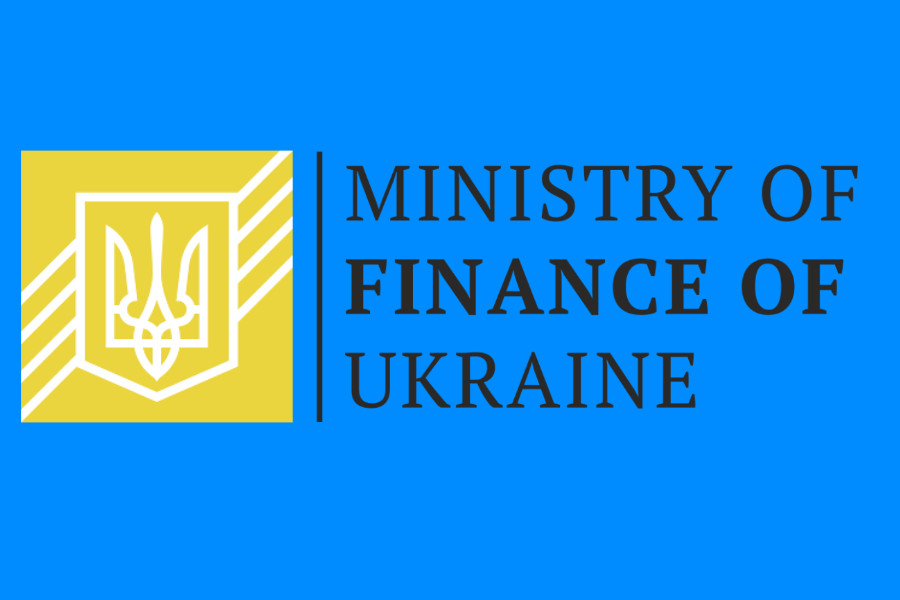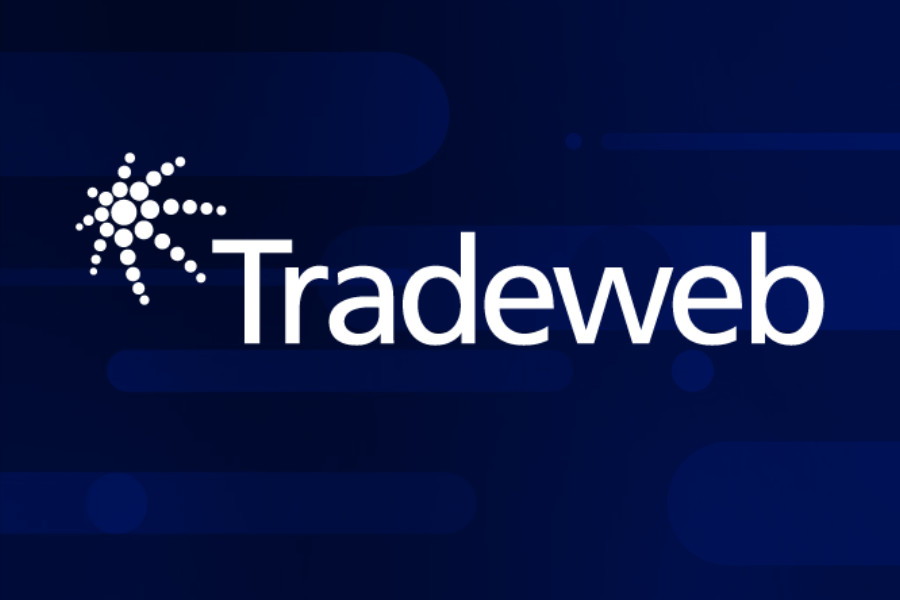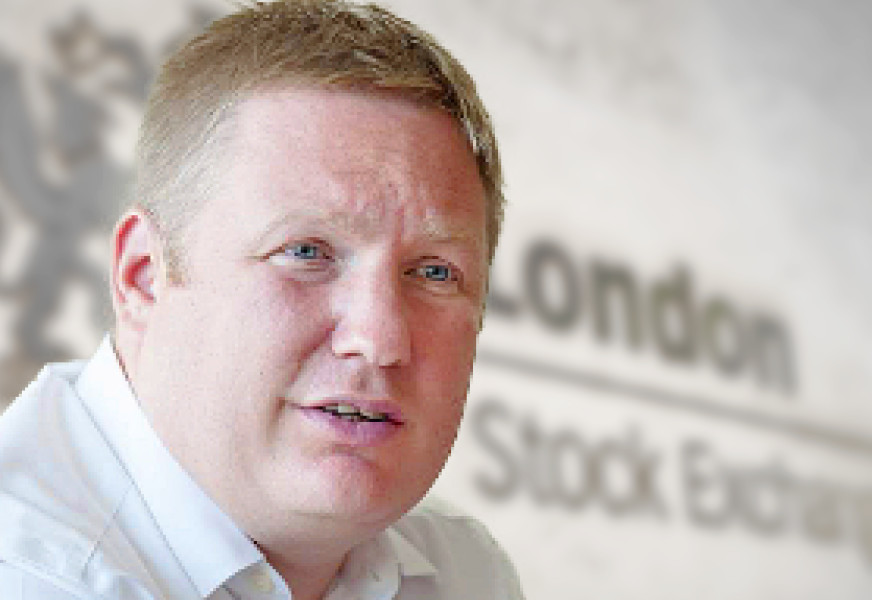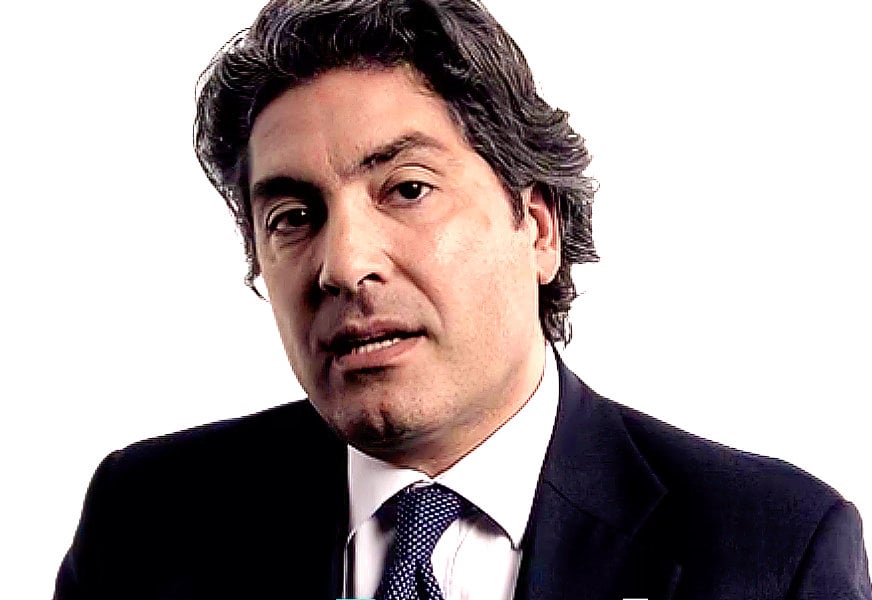 Kristina Fan, Founder and CEO of 7 Chord, tells The DESK how BondDroid, the firm’s proprietary machine-learning technology, is overcoming barriers to AI adoption in fixed income.
Kristina Fan, Founder and CEO of 7 Chord, tells The DESK how BondDroid, the firm’s proprietary machine-learning technology, is overcoming barriers to AI adoption in fixed income.
Market makers are under pressure to reduce costs on their trading desks, increasing the need for automation to support a scalable business. To fulfill the role of price making and market making, dealers and buy-side firms can apply machine learning to automate their pricing process – if it is resilient.
The DESK: How would you characterise the challenges that firms face in using AI to make predictions in capital markets?
Kristina Fan: Games of chance have well-defined mechanisms and rules, so decision-making in these environments lends itself well to automation. Financial markets, on the other hand, are much more challenging for a computer to predict. That’s because market regimes change all the time, and with them, the relationships between the inputs and outputs. Regime shifts make many models trained on historical data obsolete.
75% of the 60+ market participants we surveyed this summer during the AI and Data Science in Trading conference reported that their machine learning systems’ performance deteriorated as the global pandemic unfolded.
Over-reliance on historical relationships is not unique to machine learning. In 2020, some traditional quant strategies, such as value, performed poorly as non-adaptable models failed to recognize the pandemic’s impact on the global economy.
So, in our view, the skepticism over the use of traditional quantitative methods in financial markets is justified. Overcoming these limitations has been the main focus of 7 Chord’s research since we founded the firm four years ago.
TD: What difference does volatility make to traders as they try to price a bond, either on the buy or the sell side?
KF: In times of volatility, it is practically impossible for a human evaluator or a trader to generate accurate prices promptly. The information flow is simply too fast for any human to process. While most machine intelligence systems lack situational awareness, speed, and scale is their undisputed advantage. For example, in February, BondDroid ingested over 600 million quotes and trade prices. In March, the volume of incoming data spiked up to 890 million messages, and still, BondDroid was able to keep up, as our cloud-native architecture auto-scaled in response to the uptick in data volume. You simply can’t scale up human resources in a matter of hours as you can with computing.
This year showed us that there’s an acute need for the accurate real-time nowcasting of bond prices. The question is how to create an engine that offers both speed and accuracy in the surprise-a-minute environment of 2020.
BondDroid, our adaptable AI engine, stood out from the competition. In contrast to most machine learning systems trained on historical data and best suited for academic studies, BondDroid was designed to identify change and adapt its behavior in real-time in the face of unexpected events such as a global pandemic or a sudden turn in the US presidential election. The idea to build such an adaptable AI engine was born in the aftermath of the last financial crisis, so luckily, we had a 10-year head-start.
TD: How the lack of access to pricing hurting buy and sell-side firms?
KF: In a nutshell, pre-trade price transparency gives traders and investors confidence to transact. They no longer need to worry about showing their hand every time they interact with the market.
We tend to focus on pre-trade price transparency for the purposes of live trading, but in this volatile environment there’s also a widespread dissatisfaction with the quality of the end-of-day marks, even for liquid instruments. The US accounting principals define fair value as “the price that would be received to sell an asset or paid to transfer a liability in an orderly transaction between market participants at the measurement date.” In our view, this definition aligns with a “predictive price”, the price at which the next transaction would be executed.
Nowadays, the best practice is to use the same systematic predictive pricing methodology for trading decisions and real-time mark-to-market, taking a snapshot at the standard market close.
We recently launched a new product called Bonddroid Close, which does exactly that. We want to shift the paradigm of evaluated pricing for fixed income. Our approach has a lot of practical benefits. First, there is no mad rush to meet a 4 pm deadline. Second, BondDroid systematically measures and self-improves its accuracy intraday, significantly reducing the need for the lengthy end-of-day price challenge process.
TD: Can you tell us how you are involved with the LTX venue launched by Broadridge?
KF: BondDroid's AI-generated prices are integrated directly into LTX's pre-trade analytical tools at no additional cost to LTX users. BondDroid®, provides buy-side firms and dealers on the LTX platform with an independent assessment of current market value to inform critical investment decisions.
Traditionally, venues have been our data partners, as well as consumers of BondDroid price. It’s a natural fit, as the idea behind BondDroid was to extract signals from any data our clients generate as part of their day-to-day operations or aggregate on their platform.
TD: Do you expect artificially derived prices and benchmarks to be necessary to the evolution of venues?
KF: Yes, absolutely. Automated bond trading can’t exist without a continuous real-time price. In the absence of one central exchange for bonds, continuous price will need to be synthetically generated.
Venues are the aggregators of transaction data, and this data could be extremely valuable. However, each platform only sees a slice of the market, not to mention that their guess is as good as anyone else’s regarding prices of illiquid bonds. None of the single venue composites represent an accurate mid for every instrument, albeit, for many liquid bonds, they can come very close. The best results are achieved when multiple datasets are aggregated via a state-of-the-art third-party AI software package.
TD: Is the continued electronification of fixed income trading inevitable as better data supports greater automation?
KF: Yes, and I think that a trader’s role as somebody who actually produces quotes will diminish. Right now, dealer quotes and responses are still used as a crutch. However, even now, a powerful predictive pricing engine like BondDroid can replicate the trader’s thought process if we give it enough data.
TD: What are your plans for the next 12 months?
KF: We have more partnerships in the pipeline, so stay tuned. Beyond that, our focus will be two-fold.
First, in 2021 we will continue to enhance BondDroid Server, our customizable software package installed in the client’s corporate environment, behind their firewall. We want to make it easier for our prospects to test it. We also plan to add pre-built data ingestion for popular datasets.
Second, we plan to expand coverage of our managed pricing service, BondDroid Cloud. We see a need for real-time nowcasting in several fixed income asset classes where algo trading is still nascent but inevitable. It would be interesting to hear from your readers where they see the most significant need for streaming predictive pricing.
©The DESK 2020
<a href="#top">TOP OF PAGE</a>




